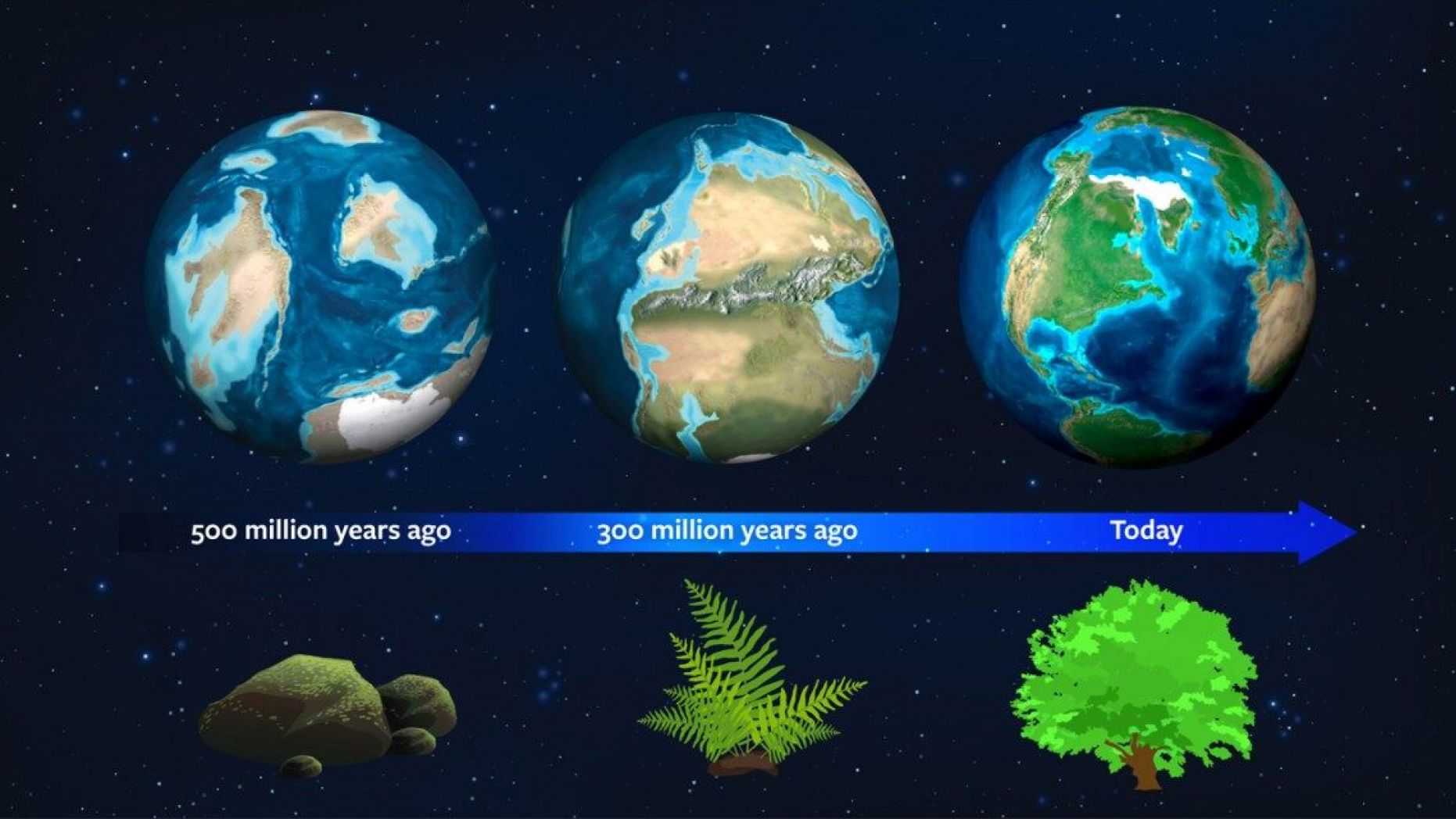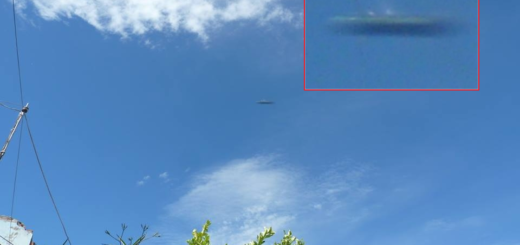Earth’s history could be used to spot plant life on alien worlds

Earth’s history could be useful to help spot planets where vegetation may exist, potentially showing signs of life, new research says.
The new study, published by researchers from Cornell University, details something they call a “template for vegetation fingerprints” to figure out the age of potentially habitable exoplanets.
“Our models show that Earth’s vegetation reflectance signature increases with coverage of our planet’s surface, but also with the age of our planet,” said co-author Jack O’Malley-James, research associate in astronomy at Cornell’s Carl Sagan Institute, in a statement.
REAL-LIFE ‘PLANET VULCAN’ FOUND 16 LIGHT-YEARS AWAY FROM EARTH
The study was published in the Astrobiology Journal.
Lisa Kaltenegger, an astronomer at Cornell, said that the Earth’s history is “key” for finding life in the universe and the way plants evolved could be helpful to finding life elsewhere.
“We use Earth’s history as a key for finding life in the universe,” Kaltenegger said in the statement. “Our work shows that as plants evolved on Earth, the vegetation signal that reveals their presence became stronger, making older exoplanets really interesting places to look for vegetation.”
The study looked at how the planet’s vegetation red edge [VRE] (“often cited as a spectral biosignature for surface vegetation on exoplanets,” according to the abstract) would look over time when viewed from outer space as it evolved.
“Early plants such as mosses and liverworts, which dominated the land 500–400 million years ago, produce a weaker VRE, approximately half as strong as that of modern vegetation,” the abstract says.
But as time has gone on, VRE gets stronger, potentially an indicator of life. “Our findings suggest that older and hotter Earth-like planets are good targets for the search for a VRE signature. In addition, hot exoplanets and dry exoplanets with some water could be the best targets for a successful vegetation biosignature detection,” the abstract says.
PLUTO SHOULD BE A PLANET AGAIN, RESEARCHERS ARGUE
It’s possible that as Earth continues to become warmer due to the effects of climate change, the VRE signal could become stronger, making it easier to find life among exoplanets.
“Observing an exoplanet is more challenging, but telescope technology is getting better at spotting tiny signals,” said O’Malley-James. “And factoring Earth’s changing landscapes into our models will make it easier to detect vegetation in the future on other worlds.”



 Creators of mankind
Creators of mankind Description of “Tall white aliens”
Description of “Tall white aliens” Where they came from?
Where they came from? About hostile civilizations
About hostile civilizations The war for the Earth
The war for the Earth “Tall white aliens” about eternal life
“Tall white aliens” about eternal life Video: “Nordic aliens”
Video: “Nordic aliens” Aliens
Aliens Alien encounters
Alien encounters The aliens base
The aliens base UFO
UFO Technology UFO
Technology UFO Underground civilization
Underground civilization Ancient alien artifacts
Ancient alien artifacts Military and UFO
Military and UFO Mysteries and hypotheses
Mysteries and hypotheses Scientific facts
Scientific facts


















